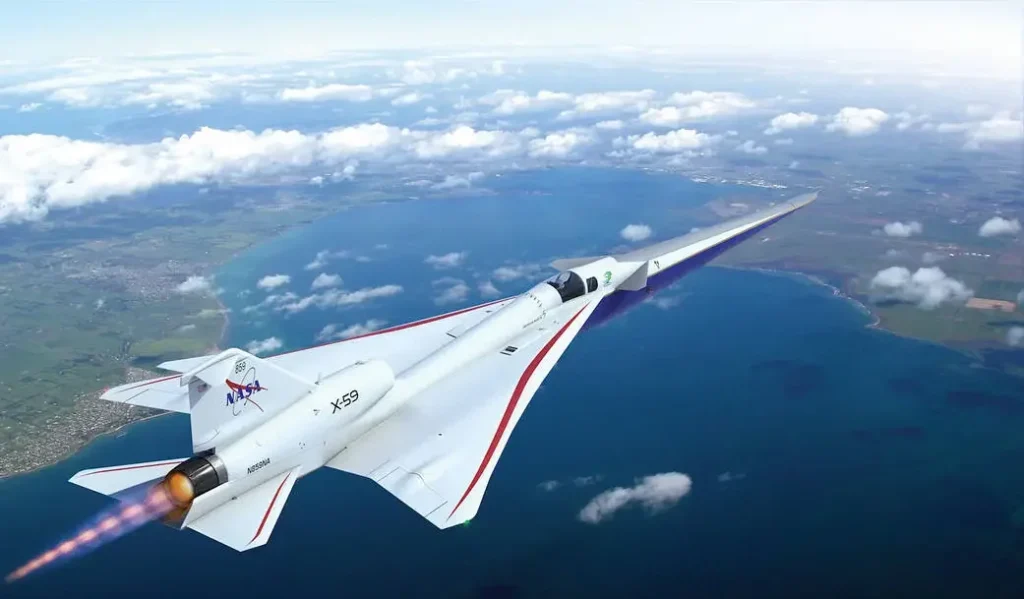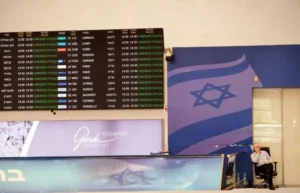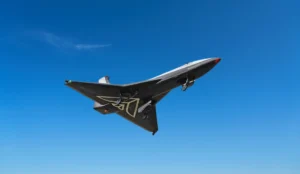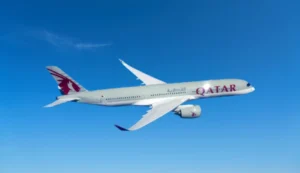Lockheed Martin’s X-59: The Quiet Supersonic Revolution
Lockheed Martin’s X-59, a groundbreaking experimental aircraft developed with NASA, promises to bring quiet supersonic flight over land, reducing travel times and potentially revolutionizing both commercial and military aviation.

Photo Source: NASA
Lockheed Martin’s X-59, developed in collaboration with NASA, is set to revolutionize both commercial and military aviation with its innovative technology that tackles the disruptive sonic boom. This experimental aircraft is designed to enable supersonic travel over land without the booming noise that has long been a barrier to high-speed flight.
The X-59 features an elongated fuselage and a unique long, pointed nose that helps reduce the shockwaves produced during supersonic flight. These shockwaves traditionally create a loud sonic boom when an aircraft exceeds the speed of sound, especially near the ground. However, the X-59’s design reshapes the shockwaves into a softer, less noticeable “thump,” barely perceptible to the human ear.
Built by Lockheed Martin’s Skunk Works® division, the aircraft’s advanced design incorporates forward-swept wings and a slender body, allowing the X-59 to fly efficiently at high speeds while minimizing noise. The quieter flight technology could make long-haul commercial supersonic travel a reality again, slashing flight times, such as cutting the journey from New York to London to about three hours.
In January 2024, Lockheed Martin marked a significant milestone with the rollout of the X-59 in Palmdale, California, celebrating years of research and development. This milestone signifies the aircraft’s readiness for flight testing, which will provide crucial data to shape new global aviation regulations on supersonic noise. The successful testing of the X-59 could lead to a lifting of the current ban on commercial supersonic flights over land, a restriction that has been in place since the Concorde’s retirement.
While its main focus is commercial travel, the X-59’s cutting-edge technologies could have significant implications for military aviation. The aircraft’s quiet supersonic capabilities could be adapted to enhance stealth in high-speed military jets, providing an advantage in combat scenarios. Additionally, the design and flight control systems of the X-59 could influence the development of next-generation fighter jets and unmanned aerial vehicles (UCAVs), optimizing them for high-speed, stealthy missions.
Despite its promise, the X-59 faces challenges in establishing new global aviation regulations that would allow supersonic flights over land. The success of the X-59 could reshape the future of both civilian and military aviation, providing faster, quieter, and more efficient high-speed flight options for travelers and the military alike.






